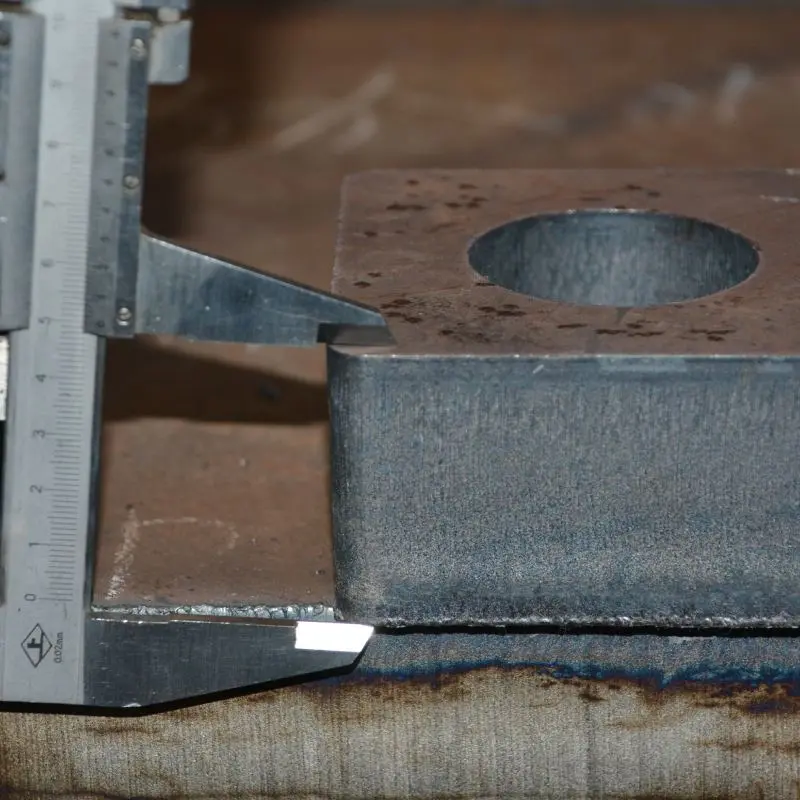In the ever-evolving landscape of manufacturing, technology plays a critical role in enhancing efficiency, precision, and versatility. Among the most transformative tools introduced in recent years is the laser welding machine, a sophisticated device that has redefined traditional welding practices. This article delves into the mechanisms, advantages, and diverse applications of laser welding machines, showcasing why they are becoming essential in modern industrial operations.

Revolutionizing Modern Manufacturing: The Impact and Benefits of Laser Welding Machines in Industry Today

Revolutionizing Modern Manufacturing: The Impact and Benefits of Laser Welding Machines in Industry Today
At its core, laser welding employs a high-energy laser beam to fuse materials together, typically metals or thermoplastics. The process starts by focusing a laser beam onto the workpieces, where the energy generated melts the materials at their joint. Once cooled, the materials solidify, forming a robust and durable bond. This technique can be particularly advantageous for welding thin materials, thanks to its ability to concentrate heat in specific locations without affecting the surrounding area.
One of the most significant advantages of using a laser welding machine is its unparalleled precision. Unlike traditional welding methods, which often require additional processing to clean up the weld area, laser welding offers a clean and precise weld without needing extensive post-weld finishing. This high level of accuracy is crucial in industries such as aerospace, automotive, and electronics, where the smallest imperfections can lead to catastrophic failures or performance issues.
Moreover, laser welding machines can operate at remarkable speeds, significantly reducing production times. With advancements in technology, many laser welding systems can perform continuous operations, enabling manufacturers to keep up with high-volume production demands. In an age where efficiency is paramount, the ability to increase throughput without compromising quality is invaluable.
The versatility of laser welding machines also stands out. They can be used in various applications, including joining dissimilar materials, welding intricate geometries, and forming complex assemblies. This adaptability is particularly beneficial in sectors like medical device manufacturing, where specific components may need to be welded together with meticulous detail and care.
Safety is another critical consideration in manufacturing environments, and laser welding technologies offer benefits here as well. Traditional welding processes can generate harmful fumes and require protective environments to mitigate the risk of burns and injuries. In contrast, laser welding significantly minimizes exposure to hazardous elements since it typically produces fewer fumes. The confined nature of the work can also reduce the chances of accidents compared to more open-based welding techniques.
Furthermore, the integration of laser welding machines into manufacturing systems can lead to a more automated and controlled welding process. Equipped with advanced sensors and computer systems, these machines can monitor and adjust parameters in real-time, ensuring consistent quality and reducing human error. As industries move towards Industry 4.0 and smart manufacturing, the ability of a laser welding machine to seamlessly integrate with automated production lines becomes crucial, enabling manufacturers to thrive in a competitive marketplace.

Revolutionizing Modern Manufacturing: The Impact and Benefits of Laser Welding Machines in Industry Today
The initial investment in laser welding technology may seem prohibitive for some businesses, particularly smaller firms. However, the long-term savings, improved efficiency, and enhanced product quality typically outweigh the upfront costs. Additionally, as technology advances and more manufacturers enter the market, the price of laser welding machines continues to decrease, making them more accessible to a broader range of businesses.
In conclusion, the laser welding machine has emerged as a pillar of modern manufacturing due to its precision, speed, versatility, and safety advantages. By streamlining the welding process and allowing for greater control over production, it not only enhances operational efficiency but also contributes to improved product quality. As industries continue to adapt and integrate new technologies, the role of laser welding machines will likely expand further, driving innovation and setting new standards in manufacturing excellence. The future of welding is undoubtedly bright, and laser technology stands at the forefront of this evolution, shaping the way products are designed and produced for generations to come. 1500w Laser Cutter



